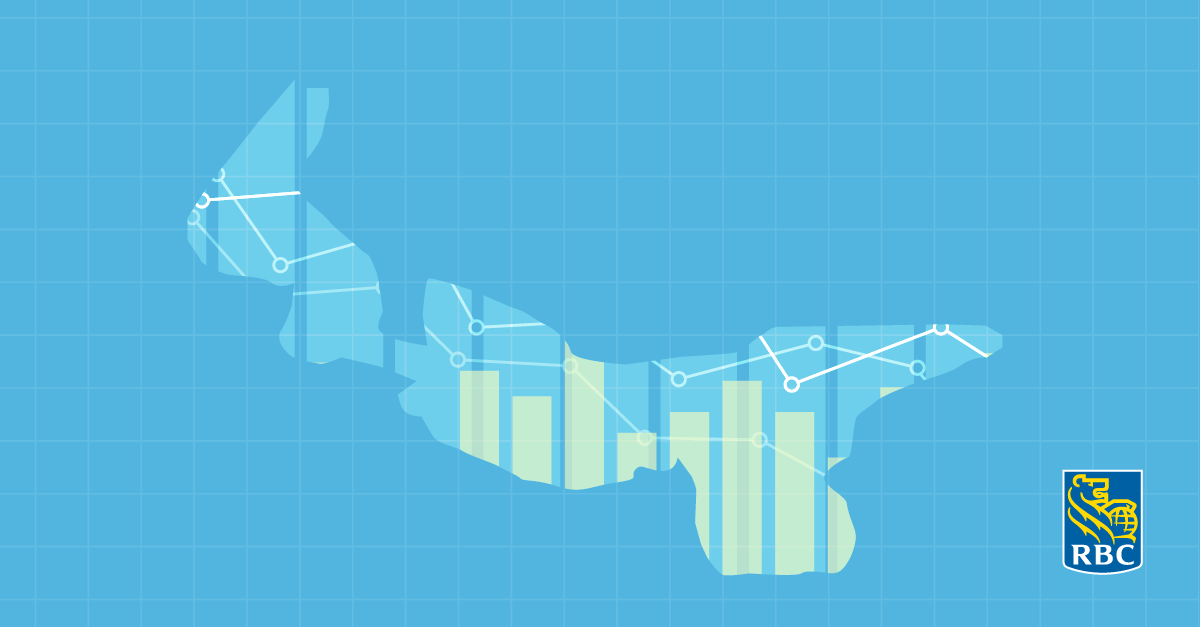-
P.E.I. projects the largest deficit in province’s history at $184 million in 2025-26 with no plans to return to balance.
-
The budget includes new contingency funds and tax cuts to support businesses and workers amid trade uncertainty and aquaculture challenges.
-
The debt burden is expected to stand at 35.9% of GDP by the end of the fiscal plan in 2027-28—entirely reversing the easing over the past decade.
P.E.I.’s 2025 Budget marks a departure from last year’s plan in that it shows significantly deeper deficits. The province now projects a $184-million shortfall in 2025-26—which would be the largest deficit in the province’s history in nominal terms. It also revises up its 2024-25 deficit to $166-million shortfall, which is nearly twice what it had projected a year ago ($85 million).
The government sees deficits persisting through the rest of the fiscal plan, hovering around record highs until easing to $120 million in the final year (2027-28).
New contingency funds and tax cuts for households and businesses are key factors weighing on the province’s bottom line.
New tax cuts introduced
P.E.I. has introduced several tax cuts to support businesses and individuals. Among the most notable changes, the small business income threshold is set to rise by $100,000 to $600,000, and the corporate tax rate is being reduced by 1 percentage point to 15%. These tax reforms are expected to cost the government $9.3 million in lost revenue.
In addition, the basic personal amount for income tax will increase to $14,650 in 2025, with further adjustments planned to $15,000 in 2026. These reductions are set to cost an additional $5.1 million.
Tax reforms come at a time when slower rates of population growth and trade uncertainty are already adding risk to government revenues.
New contingency reserve funds announced
EP.E.I. is the latest of the provinces to introduce a contingency reserve fund to support businesses and workers affected by tariffs ($32 million). The province has earmarked another $3.6 million contingency fund to support the aquaculture industry with challenges, including disease.
These new efforts come alongside a general increase across most spending programs, resulting in a 7.2% increase to overall expenditures.
Province reverses progress made on net debt-to-GDP
The deeper deficit is expected to result in a rising debt burden for the province. P.E.I.’s net debt-to-GDP ratio is projected to increase to 32.6% by 2025-26 and continue climbing to 35.9% by the end of the fiscal plan. This will completely reverse the progress made on reducing the provincial debt burden over the last decade and leave less fiscal flexibility to adapt to new challenges
Rachel Battaglia is an economist at RBC. She is a member of the Macro and Regional Analysis Group, providing analysis for the provincial macroeconomic outlook and budget commentaries.
This article is intended as general information only and is not to be relied upon as constituting legal, financial or other professional advice. The reader is solely liable for any use of the information contained in this document and Royal Bank of Canada (“RBC”) nor any of its affiliates nor any of their respective directors, officers, employees or agents shall be held responsible for any direct or indirect damages arising from the use of this document by the reader. A professional advisor should be consulted regarding your specific situation. Information presented is believed to be factual and up-to-date but we do not guarantee its accuracy and it should not be regarded as a complete analysis of the subjects discussed. All expressions of opinion reflect the judgment of the authors as of the date of publication and are subject to change. No endorsement of any third parties or their advice, opinions, information, products or services is expressly given or implied by Royal Bank of Canada or any of its affiliates.
This document may contain forward-looking statements within the meaning of certain securities laws, which are subject to RBC’s caution regarding forward-looking statements. ESG (including climate) metrics, data and other information contained on this website are or may be based on assumptions, estimates and judgements. For cautionary statements relating to the information on this website, refer to the “Caution regarding forward-looking statements” and the “Important notice regarding this document” sections in our latest climate report or sustainability report, available at: https://www.rbc.com/community-social-impact/reporting-performance/index.html. Except as required by law, none of RBC nor any of its affiliates undertake to update any information in this document.


